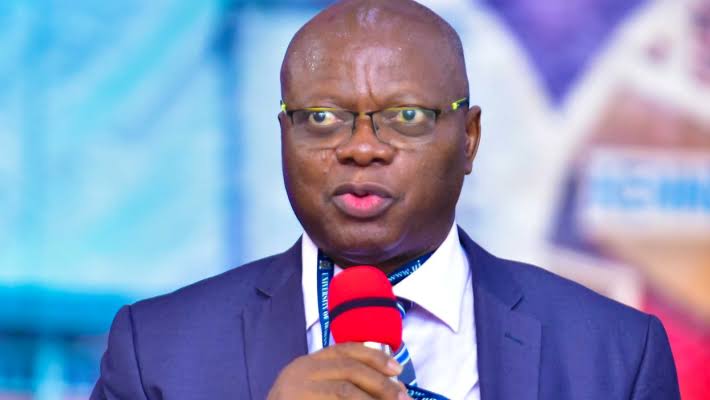As I typed the title of this, I realised I had written what looks like a figure of speech; an oxymoron to be precise without meaning to, nothing best captures what I am about to tell you, my dear readers.
It is another short story, a true story.
A story of a vision, and a business executive and the company he started.
Circa 2020, as that “which-is-not-to-be-named” locked us all in our homes, a young business executive captured a vision to launch a company to fill in a gap in an industry he has been in for several years, he had at that point risen in his career to be next to the CEO of the company he was working in, and had been nursing the idea, the time of solitude this period offered the opportunity to nurture, plan and take the leap!
And so as that “which-is-not-to-be-named” was contained in August of the same year, he tendered his resignation and with one of the core partners he figured he would need he launched out and opened his first office. In three months (what happened in that three months is a story for another day), they got their first client with the assistance of two other business executives who had input into making the first multi-million-naira deal happen.
He figured then that since these two additional executives had input, they should also become equal share partners in the business which was just “3 months old”. Now they became four executives, each earning in mid-six figures in their pre-existing ventures. Now to the “koko” of this story (to my foreign readers, “koko” is a southwestern Nigeria street slang derived from the native language that means; “crux” or “essence”).
Four executives. Three Months Old Company. Earning mid-six-figures hitherto. Equal share partners. Not-equal contributions.
This combination created a recipe that began to take its toll on the company, the new company began to struggle. The First Executive (who was the CEO) who had the idea and started the company began to realise that his required input would always be higher significantly than the others, yet they were equal share partners, and allowances were getting close to a million naira each time it was disbursed. Dissatisfaction set in, strife set in, execution stalled, decision-making became a gruesome affair, and bureaucracy set in.
The 3-month-old company was having the problems of a 10-year-old company which it couldn’t afford, the business was going down.
Seeing this, the CEO made a drastic decision to save the company, he called the partners together, drew the picture of the dire situation, and asked two of the executives to exit and become service providers while one of the executives stayed as he was critical to the stage of the business at the time. So, the CEO and One Partner created a runway for more operational staff.
This raised a lot of dust, there were quarrels, threats, and character assassination but eventually, this strategic decision was followed, and the partnership was dissolved, at this time the company had made a poor contract decision that cost it thirty-five million naira in investors’ money.
However, with this move, the company thrived and presently, three years down the line, has thirty staff, three revenue-generating services and as at the last valuation by a venture capital firm based in the US invested in one of its services (a tech start-up), the company is now worth “dash-dash million dollars” and those partners who exited still serve the company as contractors till date.
Lessons?
-
-
- There is a “critical mass” of executives required for the effective functioning of a business at different stages, do not exceed this mass, too many cooks can spoil the broth.
- Two professionals are critical to your business, and you must always have them, A lawyer and an accountant (to make that decision that saved the company, the CEO sought advice from a veteran legal practitioner and an accountant)
- A partnership structure well intended can still be detrimental, know which person can be a partner and who is to be a contractor or service provider, don’t just jump in.
- Partners seldom have equal contributions to a business; ownership structure and benefits must be structured accordingly.
- Do not launch a business without a MENTOR! I repeat DO NOT!
-
I will leave you to glean your lessons from the story.
Now you may have seen why I said at the opening, that the topic captures the essence of this story, but as a popular musician would say in one of his songs years ago;
“Don’t get it twisted”,
The partnership still works, it is one of the five requirements needed to grow a business so fast, next week we will look at these requirements.
Love, Peace, and curtains.
P0st scriptum
This is a true story, and I am the business executive who started the company.











